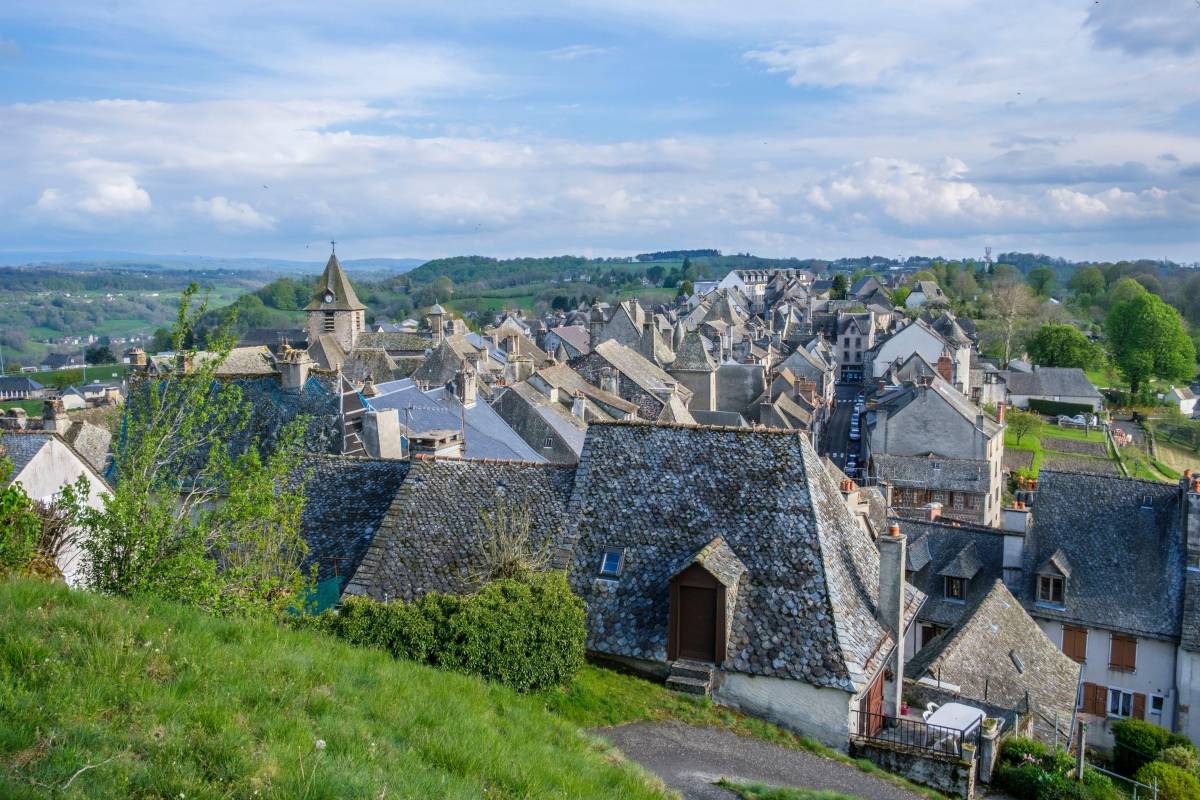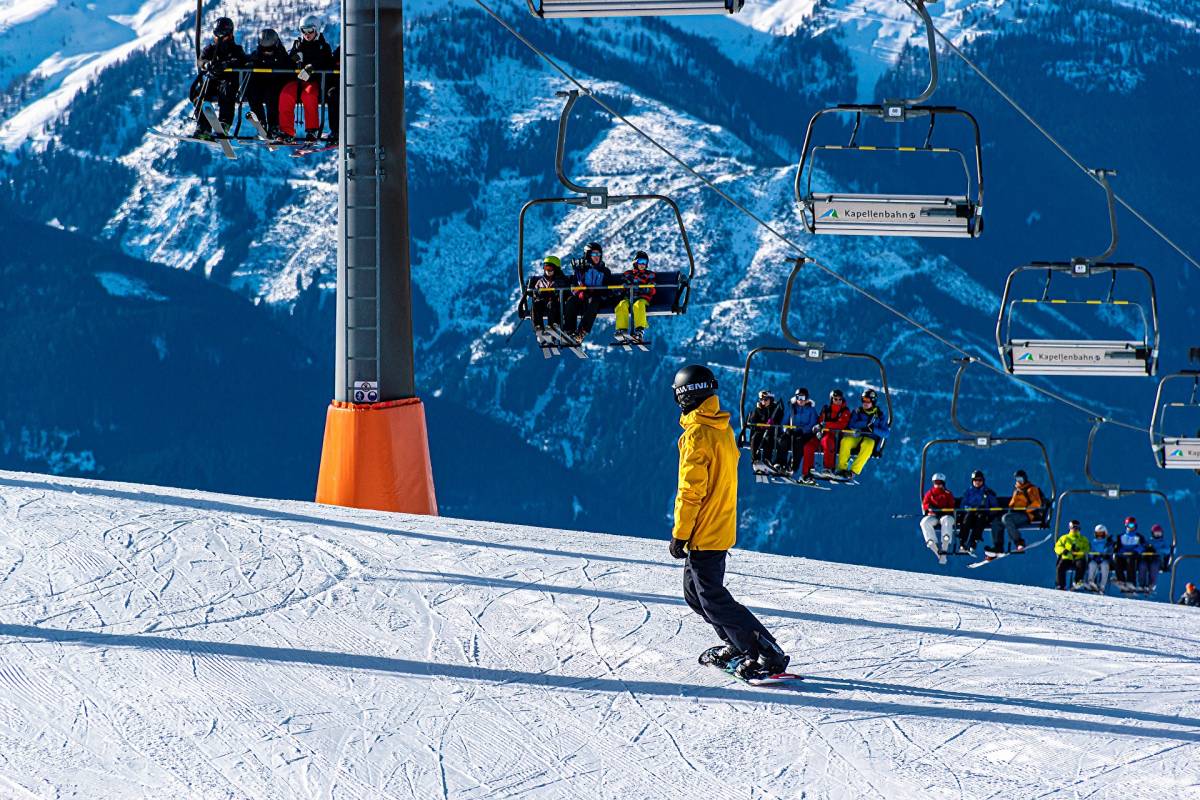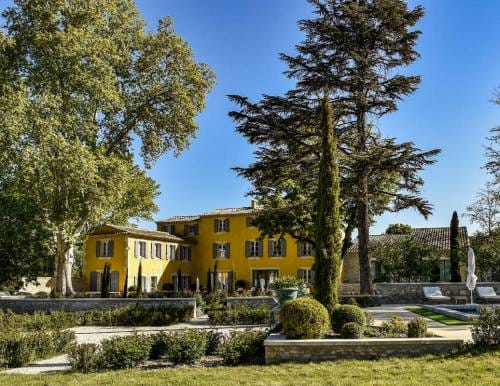More than a hundred communes in France and Italy share common history with the Monegasque Grimaldi dynasty. You’d be wrong to think these historical connections don’t mean much to Monaco! Far from that. The three countries, Monaco, France and Italy, constantly join their efforts in preserving this important heritage.
From an Association to a Federation
Back in 2015, Jean-Claude Guibal, then Deputy Mayor of Menton, took the initiative of creating the Association of the Historic Sites of the Grimaldis of Monaco, embracing a number of territories historically belonging to France and a few, to Italy. The idea was in the air for many years since the Prince was regularly paying visits to the places long associated with his ancestors.
Since 2018, upon the initiative of Prince Albert II, a special Meeting of the Historic Sites of the Grimaldis of Monaco was held in Monaco. Ambassadors from a number of towns and villages associated with the Grimaldis came especially to the Principality to introduce Monegasques to their culture, folklore, gastronomy, arts and crafts. These annual meetings were regularly held on the princely Palace square until the moment this beautiful tradition was interrupted by Covid. Not to worry because the good news is this year in 2023 the 4th Meeting will take place on June 10th and 11th and 7 regions are invited.
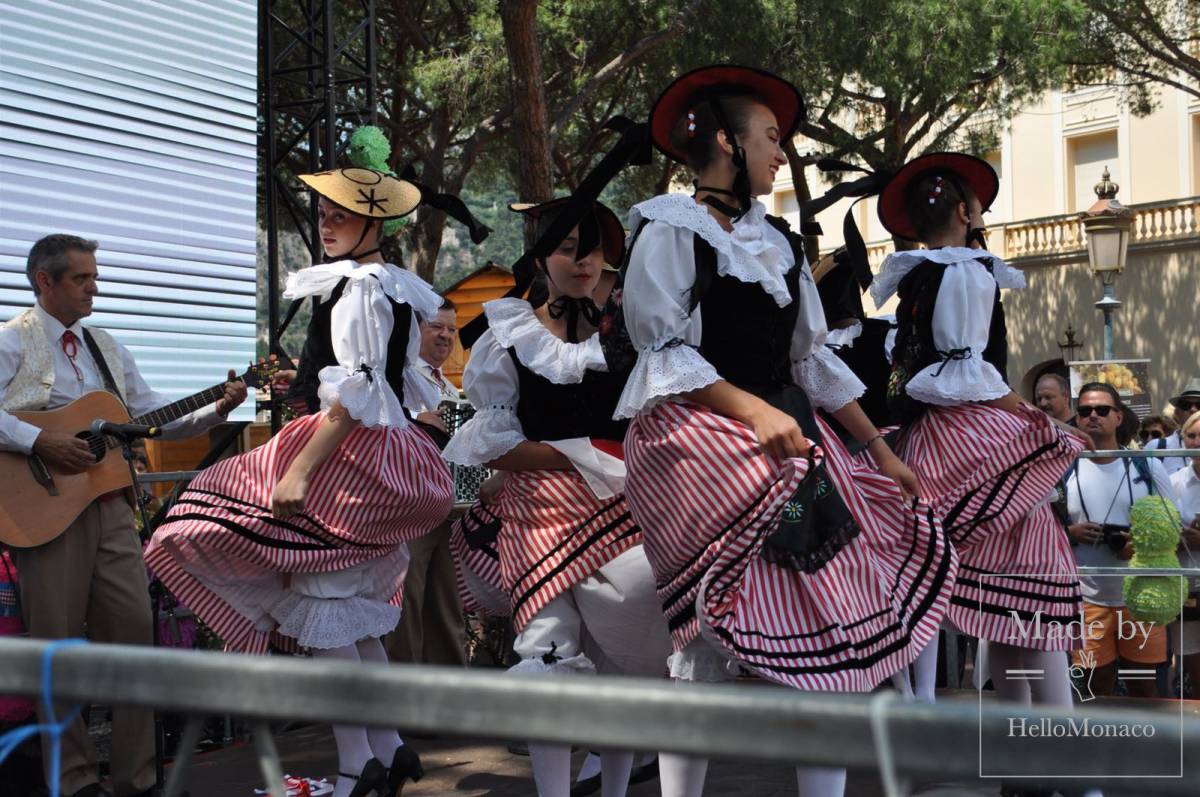
In 2015, Prince Albert II paid a second official visit to the Italian town of Dolceacqua. In 2019 his Serene Highness attended the opening of an art exhibition in the Doria family castle there. Two years later, in 2021, the mayor of Dolceacqua joined in the initiative having created the Italian Association of the Grimaldi Historic Sites.
In May 2022, Prince Albert II formally established the Federation of the Historic Sites of the Grimaldis of Monaco, bringing together his Italian and French heritage. On this occasion, His Serene Highness invited some sixty mayors of the French and Italian municipalities to visit the Principality. The two Associations of the Historic Sites of the Grimaldis of Monaco now count some hundred French and Italian members, serving as a link between the two countries, ensuring an interaction of national associations and promoting the awareness about the Grimaldi sites from a cultural and touristic point of view.
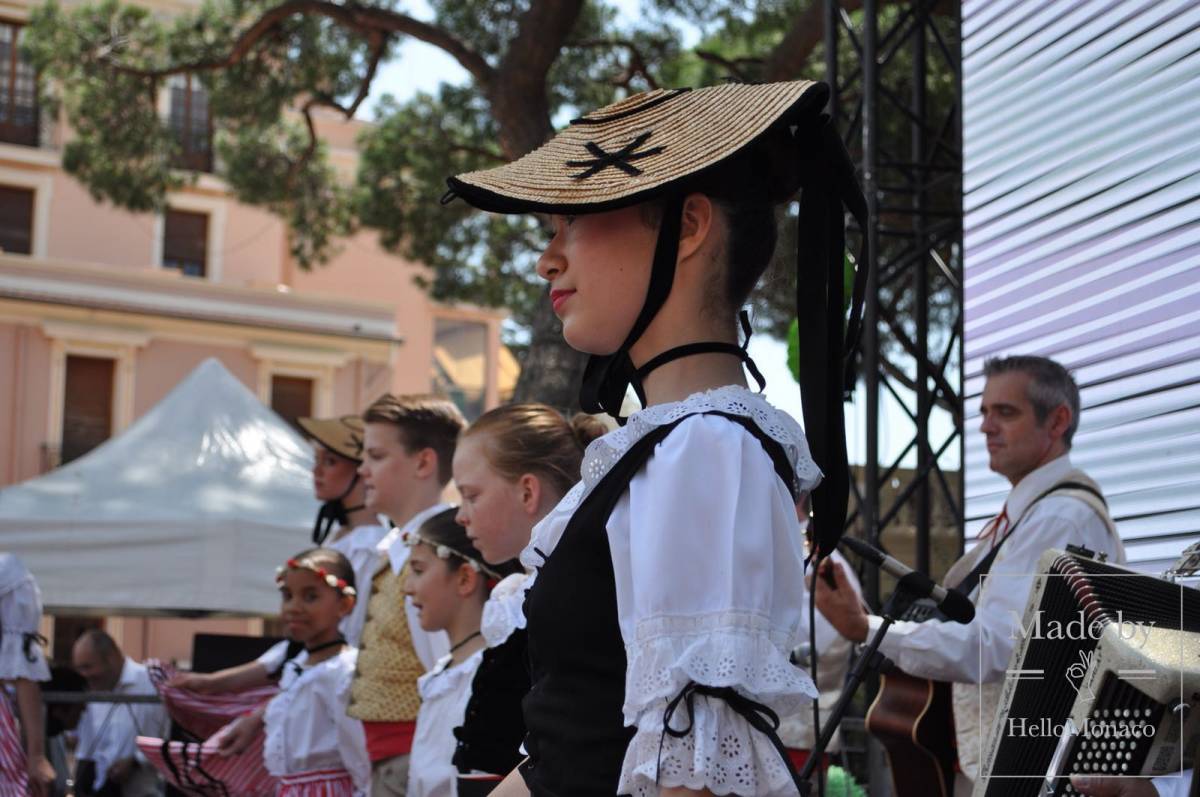
Please let us introduce you to one of these historical places. Here you will learn why the Prince of Monaco bears the title Count of Carladès and what has linked the tiny French village in the Occitania region to the Grimaldi dynasty for almost 400 years.
Treaty of Péronne aftermath
Like the English King, the Prince of Monaco bears a number of aristocratic titles tracing his country’s unique historical path. Let’s now dwell a little more on the history of his Serene Highness’ third title.
It all started in 1641 when Monaco demonstrated its allegiance to France over Spain. The Principality then became its French neighbor’s ally, shedding a lot of blood in its support. The war with France weakened Spain, while Monaco fought on the side of France with Italy. In the course of the war and subsequent peace negotiations, the Principality lost some important Italian territories it used to control when linked to the former Spanish ally. The Monegasque sovereign was forced to give up these lands in favour of his French alliance.
On September 14, 1641, the Treaty of Péronne was signed between King Louis XIII and Prince Honoré II. In 1643, to compensate him for the loss of Italian lands, the French king gave the Monegasque prince the duchy of Valentinois (Drome department today), the marquisate of Baux in the department of Bouches-du-Rhone and the county of Carladès in Aveyron, home to the village of Mur-de-Barrez that deserves a special mention.
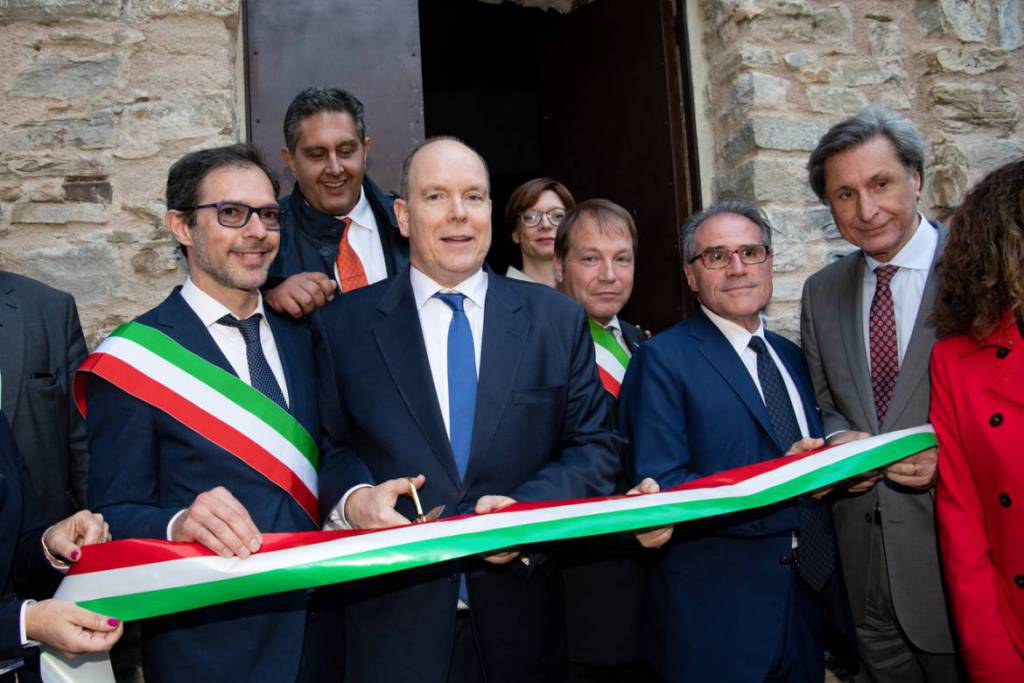
Calm after the storm
Due to its advantageous strategic position, Mur-de-Barrez was considered a tasty morsel for conquerors throughout all its history. Its defensive walls were destroyed by the British during the Hundred Years’ War (1337–1453). Twice in its history, in 1373 and 1418, the town was seized by the English enemy. Later on, as it went back to being a French territory, Mur-de-Barrez became a hotbed for yet another conflict. Between 1574 and 1590, the town served as a Huguenot stronghold in predominantly Catholic France. The French King Henry IV even ordered his troops to destroy its fortress. It was not until after 1620 that Mur-de-Barrez was left out of the Religious wars.
The Prince’s of Monaco reign proved to be a huge advantage for the townspeople. Based on favourable Monaco taxation, local trade began to flourish. Peace was finally established in a region that had previously struggled for many years. You may well imagine how happy the Mur-de-Barrez residents were under the protection of their new ruler! Each of them eventually received a guarantee of peace and security with the blessing of the King of France himself.
But something put an end to this successful alliance that lasted 150 years! The French Revolution. In 1789 the Grimaldi’s western territories in Aveyron were confiscated. Thankfully, many years after, the Principality still has an important connection with Mur-de-Barrez. The purchase of some of its lands in 1914 let Monaco maintain a minor, yet an important presence in the area. Its rocky landscape makes it very attractive for rock climbing. It is also home to the famous Monaco Tower.
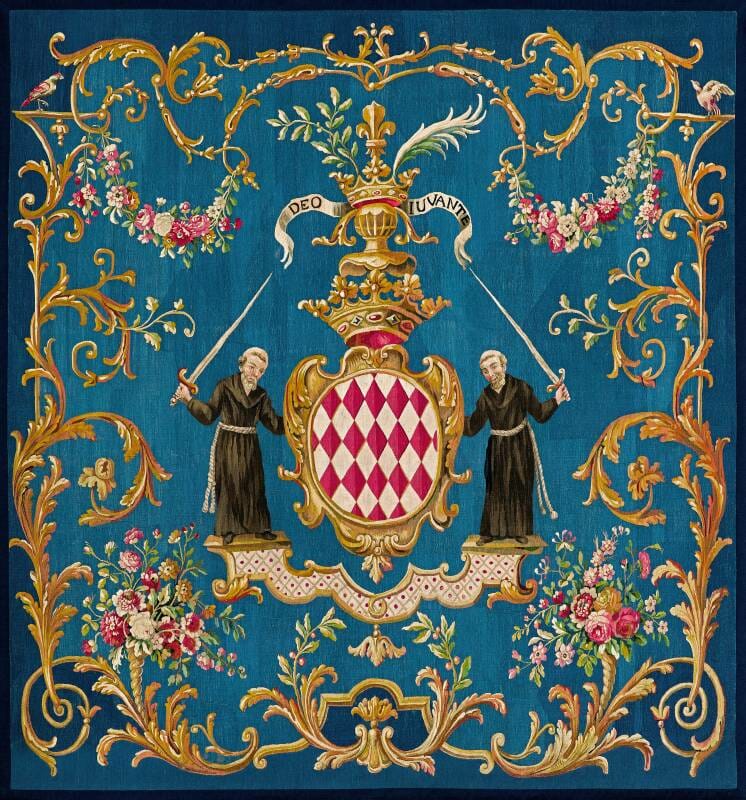
The Principality’s heritage
Even 400 years later Mur-de-Barrez still keeps memories of the Monaco’s 150 year reign, impressing its visitors with the monumental Tower of Monaco. Monegasques are proud of it just as locals are. In 1913, the Monaco Tower was recognized as a historical monument and restored as a defensive structure, first erected in the late 14th century.
Another source of pride for Monegasques is the Mur-de-Barrez coat of arms, reminiscent of the heraldic colours of the Principality. The city hall also holds some unusual artifacts and historical documents, particularly interesting to Monaco history lovers.
On May 14, 2014, as part of their first official royal visit in 300 years, Prince Albert II and Princess Charlène received a very warm welcome in Mur-de-Barrez. The Prince officially opened the Monaco Tower memorial plaque, assisted by the mayor, Alain Cezac. After a horseback ride, like a genuine medieval ruler, Prince Albert finished up his visit writing memorable words in the City Hall’s Golden Book.
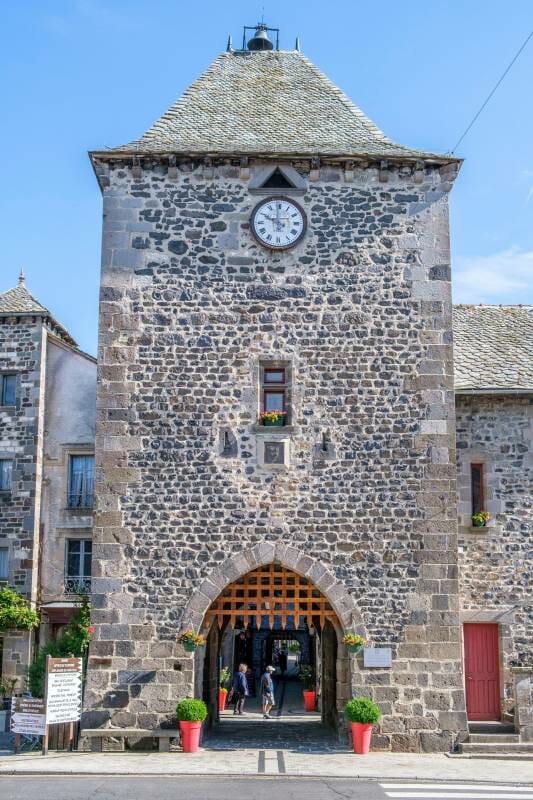
Interestingly, Prince Albert II’s father, Rainier III, once took part in the Monte-Carlo Rally under the name of Louis Carladès. Since December 11, 2014, the title of Countess de Carladès has been held by Princess Gabriella of Monaco (Crown Prince Jacques being Marquis de Baux).
The Mur-de-Barrez and Monaco’s relationship may be easily summed up by: “All’s well that ends well.” Nowadays, a tiny village of barely a thousand inhabitants and a country with the world’s highest population density, remain good friends and cherish their common history. Aveyron is a scenic region, home to ten of the most beautiful villages in France. It would be a wonderful place to see for the Monegasques proud of their country’s past.



